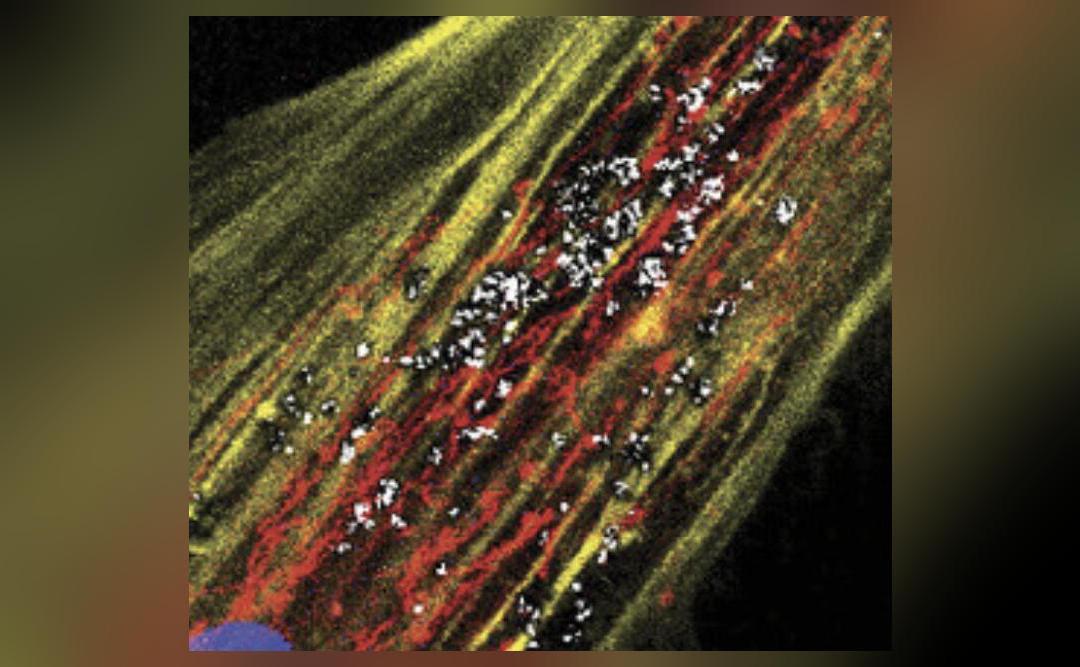
Nanoflowers can help fix damaged human cells, study finds
In a groundbreaking discovery, researchers from Texas A&M University have developed nanoflowers from molybdenum disulfide (MoS2) that can help rejuvenate old and damaged human cells. This innovative breakthrough has the potential to revolutionize the field of regenerative medicine, offering new hope for the treatment of various diseases and conditions associated with cellular damage.
The study, which was recently published, reveals that the use of these nanoflowers in combination with stem cells can stimulate the production of mitochondria, the energy-producing structures within cells. Mitochondria play a crucial role in maintaining cellular health, and their dysfunction is often associated with aging and various diseases. By increasing the production of mitochondria, the researchers were able to enhance the ability of stem cells to transfer these vital structures to damaged cells, thereby promoting cellular repair and rejuvenation.
The researchers found that when they used the nanoflowers in combination with stem cells, the stem cells produced twice the number of mitochondria. This significant increase in mitochondrial production enabled the stem cells to transfer more mitochondria to the damaged cells, leading to a substantial improvement in cellular function and health. The study’s findings suggest that the use of nanoflowers could be a valuable tool in the development of new therapies for a range of diseases and conditions, including neurodegenerative disorders, cardiovascular disease, and cancer.
The development of nanoflowers from molybdenum disulfide (MoS2) is a significant achievement in the field of nanotechnology. MoS2 is a transition metal dichalcogenide that has been shown to have unique properties, making it an ideal material for the creation of nanoflowers. The researchers used a novel approach to synthesize the MoS2 nanoflowers, which involved the use of a combination of chemical and physical methods to create the intricate flower-like structures.
The use of nanoflowers in combination with stem cells is a relatively new area of research, but one that holds great promise for the development of new therapies. Stem cells have the ability to differentiate into various cell types, making them a valuable tool for tissue repair and regeneration. However, the use of stem cells alone may not be sufficient to promote significant cellular repair, particularly in cases where the damaged cells are lacking in mitochondria. The addition of nanoflowers to the stem cells provides a synergistic effect, enhancing the ability of the stem cells to produce and transfer mitochondria to damaged cells.
The study’s findings have significant implications for the treatment of various diseases and conditions. For example, in the case of neurodegenerative disorders such as Parkinson’s disease, the use of nanoflowers in combination with stem cells could potentially be used to promote the repair and regeneration of damaged neuronal cells. Similarly, in the case of cardiovascular disease, the use of nanoflowers could be used to enhance the ability of stem cells to repair and regenerate damaged cardiac tissue.
In addition to its potential therapeutic applications, the study’s findings also provide new insights into the mechanisms underlying cellular repair and regeneration. The use of nanoflowers in combination with stem cells provides a unique opportunity to study the complex interactions between cells and their environment, and to develop a deeper understanding of the factors that influence cellular behavior and function.
In conclusion, the development of nanoflowers from molybdenum disulfide (MoS2) is a significant breakthrough in the field of regenerative medicine. The use of these nanoflowers in combination with stem cells has been shown to enhance the production of mitochondria, leading to a significant improvement in cellular function and health. The study’s findings have significant implications for the treatment of various diseases and conditions, and provide new hope for the development of innovative therapies that can promote cellular repair and regeneration. As research in this area continues to evolve, it is likely that we will see the development of new and innovative therapies that can harness the power of nanoflowers and stem cells to promote human health and wellbeing.
News Source: https://www.pnas.org/doi/10.1073/pnas.2505237122



